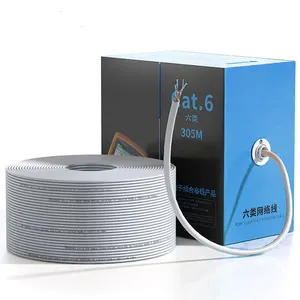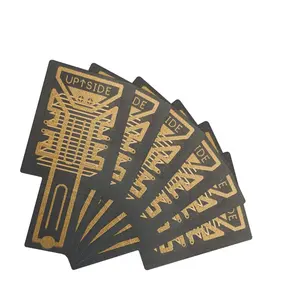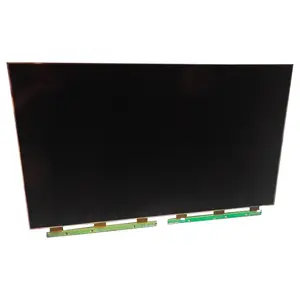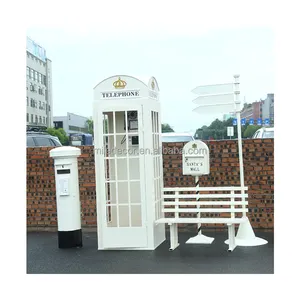Popular in your industry


































































Top categories
About 44 ohm smd resistor
Understanding 44 Ohm SMD Resistors
Surface Mount Device (SMD) resistors are a fundamental component in modern electronics, and the 44 ohm SMD resistor is a specific type that serves a unique role in circuit design. These resistors are designed for direct placement onto printed circuit boards, offering a compact solution for managing current flow and providing voltage drops where necessary.
Technical Specifications and Applications
The 44 ohm SMD resistor is characterized by its resistance value of 44 ohms, which dictates how much it impedes the electric current. The applications of these resistors are diverse, ranging from power supply circuits to signal conditioning. Their small form factor makes them ideal for space-constrained applications such as mobile devices, medical instruments, and automotive control systems.
Construction and Features
Constructed from materials like metal oxide film or thick film ceramic, 44 ohm SMD resistors are built to offer stability and reliability in various environments. These resistors are also available in different sizes, commonly referred to by codes such as 0805 or 1206, which indicate their dimensions. The construction ensures compatibility with automated assembly processes, making them suitable for mass production.
Advantages of Using 44 Ohm SMD Resistors
The use of 44 ohm SMD resistors in electronic circuits provides several advantages. Their small size allows for high-density mounting, which is crucial in miniaturized electronic devices. Additionally, they exhibit low noise due to their construction and have a lower parasitic inductance and capacitance compared to their through-hole counterparts, which enhances the overall performance of electronic circuits.
Selection and Integration
When selecting a 44 ohm SMD resistor, it is important to consider the power rating and temperature coefficient, as these parameters affect the resistor's performance under various conditions. Integrating these resistors into a circuit requires careful consideration of the layout to ensure thermal management and electrical performance are optimized.
Resistor Color Code and Identification
While SMD resistors typically do not use color coding due to their size, understanding the resistor color code can be beneficial for identifying other types of resistors. For instance, a resistor with a color code of brown, black, orange, and silver indicates a resistance value with a specific tolerance. However, for 44 ohm SMD resistors, values are usually printed on the body or provided in accompanying documentation.




























